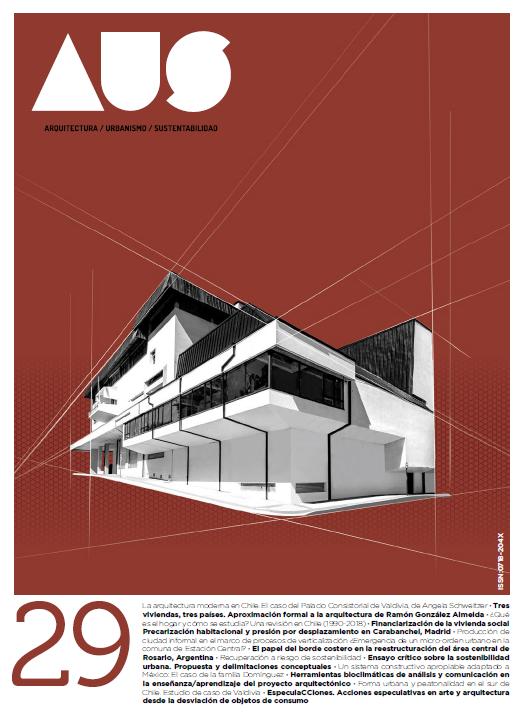Urban shape and pedestrian traffic in southern Chile. The Valdivia case study
Conteúdo do artigo principal
Resumo
There is a growing demand for pedestrian traffic in middle-sized cities to counteract the increasing use of the automobile. In Valdivia, vehicle dependence is mainly due to the expansion of urban soil to peripheries, increasing distances and complicating access to everyday needs. The article explores elements of urban form that impact on pedestrian traffic and discusses two neighborhoods in the city of Valdivia, Chile. The methods used include a quantitative analysis to measure the accessibility and scale of the built surroundings; and a qualitative analysis to assess spatial quality and route selection. The outcomes show no lineal relationship between pedestrian accessibility and block size, suggesting that the distance that a person is willing to walk depends on the purpose: transportation or recreation. Finally, this study makes recommendations to improve local planning in order to guide urban development towards a human scale.

